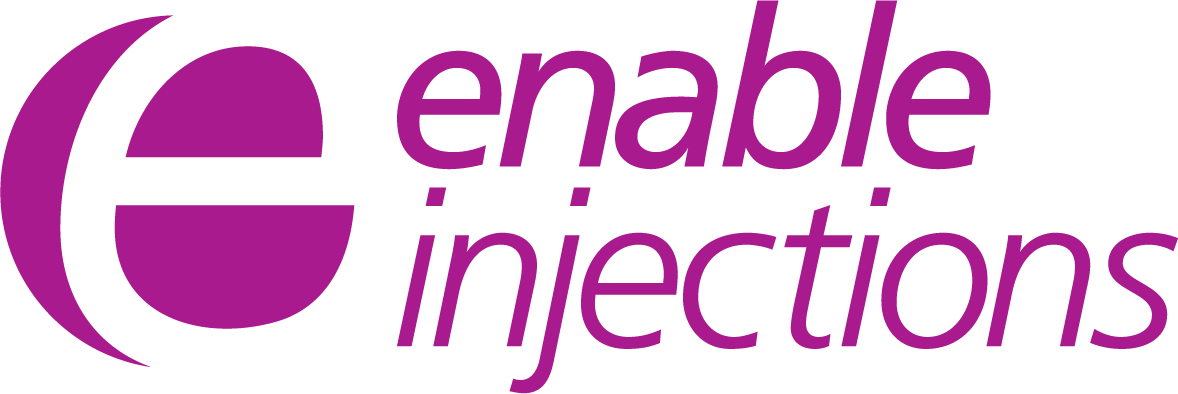Enable Injections Presents Survey Results Highlighting Missed Opportunities in Subcutaneous Oncology Drug Development at AACR 2025
CINCINNATI, April 25, 2025 (GLOBE NEWSWIRE) — Enable Injections, Inc. (“Enable”), a healthcare innovation company developing and manufacturing […]
Enable Injections Announces Regulatory CE Mark Approval in Europe for enFuse Technology
CINCINNATI, March 25, 2025 (GLOBE NEWSWIRE) — Enable Injections, Inc. (“Enable”), a healthcare innovation company developing and manufacturing […]
An Award-Winning Year: A Look Back at 2024
It’s been another pivotal year at Enable Injections, including several exciting announcements and awards to continue […]
Enable Injections Announces Agreement with Sobi® to Develop and Distribute Aspaveli® in Combination with enFuse® in Sobi Territories
CINCINNATI, September 12, 2024 – Enable Injections, Inc. (“Enable”), a healthcare innovation company developing and manufacturing the enFuse® […]
Enable Injections Names Matthew Huddleston as Chief Commercial Officer
Appointment supports Company’s pursuit of additional enFuse combination product approvals and commercial success CINCINNATI, May 22, […]
Enable Injections and Serina Therapeutics Announce Agreement to Develop SER-252 in Combination with enFuse® for Advanced Parkinson’s Disease
CINCINNATI and HUNTSVILLE, Alabama, May 15, 2024 (GLOBE NEWSWIRE) — Enable Injections, Inc. (“Enable”), a healthcare innovation company […]
Enable Injections Expands Strategic Partnership with Roche
CINCINNATI, May 07, 2024 (GLOBE NEWSWIRE) — Enable Injections, Inc. (“Enable”), a leading innovator in developing and manufacturing […]
Greg Etter Joins Enable Injections as VP, Engineering and Automation
We are pleased to announce Greg Etter has joined Enable Injections as the Vice President of […]
Enable Injections Announces Plans to Expand Manufacturing Facilities and Corporate Headquarters
New state-of-the-art facility to be located in Springdale, Ohio Expansions will support ongoing clinical and commercial supply […]
Enable Injections Appoints David Kroekel as Chief Operating Officer
– Promotion supports commitment to continued manufacturing and product development success for enFuse® platform – CINCINNATI, Feb. […]
Beyond the Point: Navigating the Impact of Needles on Pain, Anxiety, and the Patient Experience
From ONdrugDelivery January 2023: Over the last decade, the subcutaneous (SC) administration of therapeutics has experienced […]
Enable Injections Enhances Board with Addition of Vickie Capps
New director, Vickie Capps, brings comprehensive financial expertise and leadership experience to Enable Injections, serving as head […]
